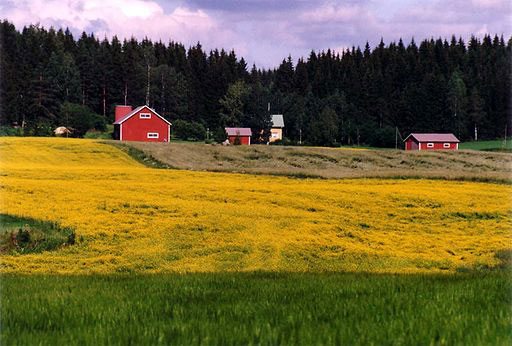
August 6, 2017; Government Technology
Nonprofits and federal and state lawmakers are waking up to the fact that access to the Internet is key to building healthy economies, and that both have a critical role to play in closing the digital divide that particularly plagues rural areas.
As documented in a white paper on persistent rural poverty published by NeighborWorks America, success in higher education and employment often goes hand in hand with broadband access.
- Those looking for work will find that 60 to 70 percent of jobs are posted online. If the applicant needs to have a bachelor’s degree, that rate rises to 80 percent.
- When looking at middle-skill jobs, those that require some post-high-school training but not a four-year degree, nearly eight in 10, representing 32 percent of all labor market demand in the nation, require digital skills. Those digitally intensive middle-skill jobs have grown more than twice as fast as the other kind, and pay about 18 percent more.
Rural areas, however, lag behind the rest of the country when it comes to high-speed Internet access. According to the data collected by NeighborWorks, “45 percent of rural tracts don’t qualify as having broadband Internet, compared to 17 percent for suburban and 11 percent for urban areas.”
Fortunately, as reported by Government Technology, four bills are winding their way through the U.S. Congress that are designed to ease this disparity. Strategies range from expansion of broadband infrastructure, to reduction of implementation costs, to provision of tax incentives, to streamlining of the permitting process.
“We need to reduce the rural and urban divide in digital connectivity,” Sen. Steve Daines (R-MT), said in a press release. “By eliminating unnecessary regulations, we can more rapidly connect rural America and deploy broadband infrastructure.”
In addition, the Government Technology piece reports that 10 states have passed their own bills to reduce the digital divide. Another 10 states have introduced such bills, and one (California) has a bill on hold.
Sign up for our free newsletters
Subscribe to NPQ's newsletters to have our top stories delivered directly to your inbox.
By signing up, you agree to our privacy policy and terms of use, and to receive messages from NPQ and our partners.
However, nonprofits have a vital role to play as well, both in public education and in helping residents access available Wi-Fi services and understand how to benefit. For example, Eden Housing in Hayward, California, offers education in digital literacy geared to different groups, including a “Generation Exchange” program where young people teach computer skills to seniors. Now, Eden seeks to do more:
“We originally focused on educating and inspiring our residents to adopt broadband, but then we learned that for many of our residents, the monthly fees for access cause a severe hardship to the family,” explained Jennifer Reed, director of fund development and public relations for Eden. “So now, we are expanding to a portfolio-wide approach to provide access as well.”
Using a grant from the California Emerging Technology Fund, Eden surveyed residential adoption rates across its properties, identified residents’ desires and needs, forged partnerships, and created a digital literacy toolkit. With additional funding from the California Public Utilities Commission, it has set out to achieve its goal of providing free or very low-cost internet access to all of its residents within five years (ideally in each unit but in a community space at the minimum).
To date, free broadband has been extended across 11 of the properties. And it’s being used. At one of the senior-housing sites, data show that nearly 100 percent of the residents have accessed the internet compared to an average of 40 percent in other developments for seniors where free services is not yet available.
Native Americans have been hit particularly hard by this issue. Last year, the FCC reported that 68 percent of people on rural tribal lands lack access to broadband. In response, the Southern California Tribal Chairmen’s Association has, through its Tribal Digital Village program, constructed access-point towers and connected hundreds of homes in 12 of the 17 tribal communities in San Diego County.
“It’s really an awareness thing—building up the tribal knowledge base and trying to teach the companies that when they’re passing the reservations, it’s an opportunity for revenue,” says Matt Rantanen, director of technology for the association. “[We need to] give everybody an opportunity.”—Pam Bailey












